Trump’s Tariffs Shake Global Auto Market, Carmakers Face Mounting Losses
Input
Modified
Major Auto-Producing Nations Struggle Under Trump’s Tariff Pressure Hyundai and Others Double Down on Localization Strategies U.S. Weighs Additional Tariffs, Industry Voices Concern Over Rising Uncertainty
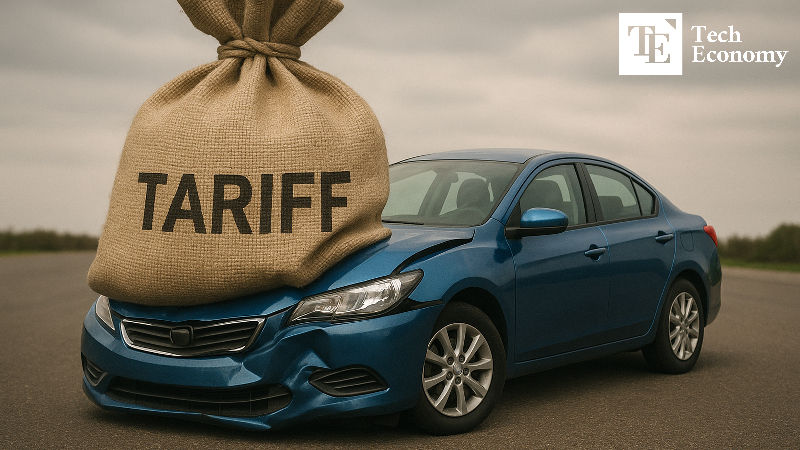
The global automobile market has been thrown into turmoil by U.S. President Donald Trump’s aggressive tariff policies. Automakers in major production hubs—including Japan, Korea, and Germany—are feeling the strain as costs mount across the supply chain, not just in the United States, where the trade conflict began. While concerns over Trump’s hardline trade strategy are growing worldwide, his administration has hinted at imposing additional tariffs, further intensifying pressure on the industry.
Auto Market Stumbles Under Tariff Shock
According to the Financial Times on the 13th (local time), America’s “Big Three” automakers—Ford, General Motors (GM), and Stellantis—are expected to face combined losses of about $7 billion this year due to the ripple effects of President Trump’s tariff policies. Disruptions to parts supply chains and surging raw material costs have driven the losses, contradicting the administration’s claims that the tariffs would revive domestic jobs and promote reshoring.
The fallout from U.S.-imposed tariffs is not limited to American companies. Countless small and medium-sized parts suppliers in major auto-producing nations such as Korea, Japan, and Germany—the backbone of the global automotive ecosystem—are being hit hard. Unlike large automakers, these firms operate on thinner profit margins and have limited capacity to relocate production overseas, leaving them far more vulnerable to steep tariffs.
Statistics reveal the scale of the damage. Japan’s auto parts exports to the U.S. have declined every month since tariffs took effect in May, plunging 17.4% year over year in July. In Korea, a survey by the Korea Chamber of Commerce and Industry found that 81% of automakers and parts suppliers expect their performance to deteriorate due to tariffs. German industry groups also report losses totaling several billion dollars from the ongoing trade measures.
Hyundai Expands U.S. Production Capacity
Automakers facing steep tariff barriers are turning to localization strategies to navigate the challenges. Hyundai Motor and Kia, for example, are ramping up vehicle production and parts sourcing within the United States. Currently, the two companies produce about 710,000 vehicles annually in the U.S.—360,000 units at Hyundai Motor Manufacturing Alabama (HMMA) and 352,000 at Kia Georgia (KaGA). The newly completed Hyundai Motor Group Metaplant America (HMGMA) aims to add another 300,000 units in annual capacity by the end of this year.
Investment levels are also rising sharply. At its CEO Investor Day event held on August 18 at The Shed in Manhattan, Hyundai announced plans to invest 77.3 trillion won over the next five years, from 2025 through 2030. The breakdown includes 30.9 trillion won for R&D, 38.3 trillion for capital expenditures, and 8.1 trillion for strategic investments. U.S. investments will increase by 3.7 trillion won—from 11.6 trillion won ($8.8 billion) to 15.3 trillion won ($11.6 billion)—representing about 20% of Hyundai’s total planned spending.
However, questions remain over how effective such efforts will be on the ground. The U.S. manufacturing base has weakened significantly in recent years. One market analyst noted, “America’s production ecosystem has eroded, as domestic firms have offshored manufacturing and focused instead on high-margin areas like software and product design. Rebuilding Asia-style production capacity in the U.S. would require massive capital investment.”
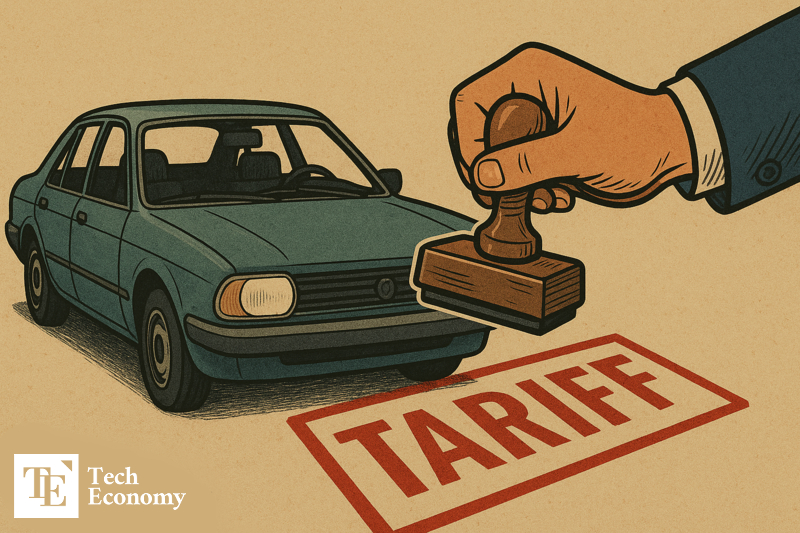
U.S. Trade Pressure Shows No Sign of Easing
As steep tariffs roil the global automotive industry, the Trump administration is doubling down on trade pressure rather than easing it. According to Reuters and the Federal Register last month, the U.S. Department of Commerce announced plans to review additional auto parts that could soon face new tariffs, describing the move as “a decision made in response to industry requests.” The department added that the automotive sector “is rapidly evolving in areas such as autonomous driving and advanced technologies,” and that identifying new vehicle components critical to national defense was necessary for potential tariff consideration. Public comments on the proposed tariffs will be accepted from October 1 to 14.
Downstream industries are also being squeezed by tariff burdens. The Commerce Department had already opened a separate request period, from September 15 to 29, for additional tariff coverage on derivative products made from steel and aluminum. Citing Section 232 of the Trade Expansion Act, the Trump administration currently imposes 50% tariffs on certain goods within this category and now appears intent on broadening that list. In May, the department decided to levy 50% tariffs on steel used in household appliances such as dryers, washing machines, and dishwashers, based on input from U.S. manufacturers and trade associations.
The U.S. Chamber of Commerce and the automotive industry have voiced concern over these measures, warning that expanded tariffs could undermine the competitiveness of key domestic supply-chain industries. In a letter to the Commerce Department last month, they argued that “sudden expansion of steel and aluminum tariff categories weakens the predictability manufacturers need to plan investment and production.” They further cautioned that at a time when many companies are already grappling with fragile supply chains, global competition, and inflationary pressure, the new measures could heighten uncertainty, slow growth, and discourage investment in the United States.

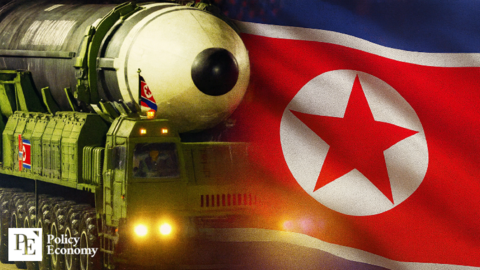

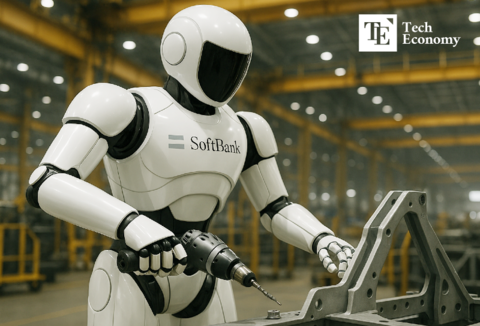
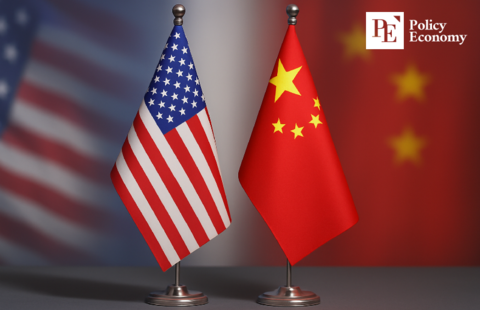
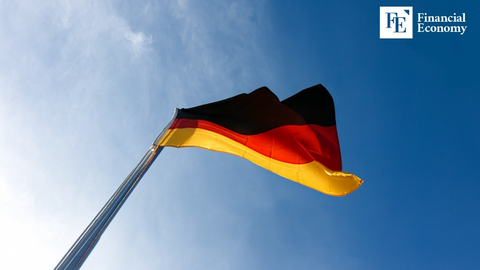
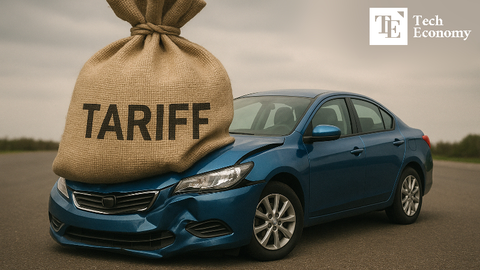
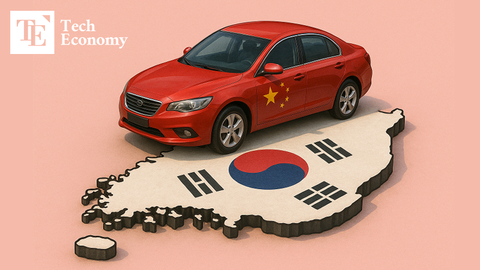
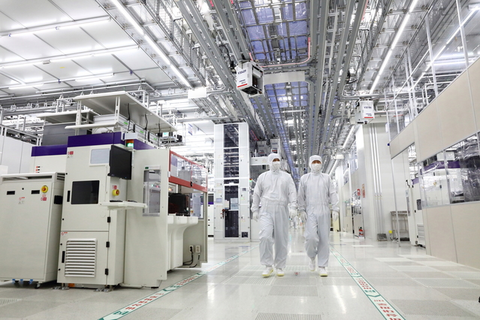













Comment